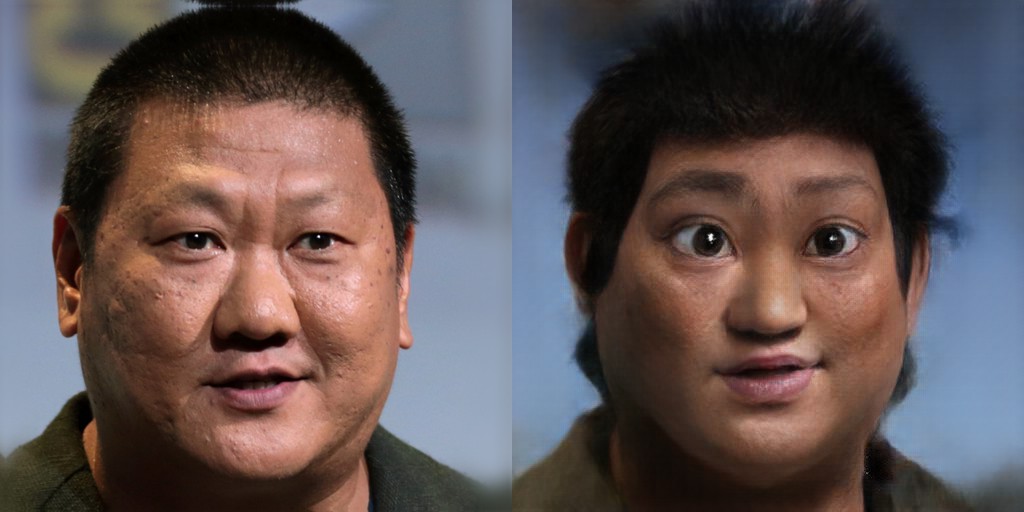Getting started
Warning
There seems to be an issue with the RapidAPI interactive endpoint explorer not properly sending requests as multipart/form-data. Make sure you use this guide as your reference for testing the API as the code snippets generated by RapidAPI don't work. Instead, please visit our own interactive endpoint page.
Info
All the examples below use the v0/toonify endpoint for the original Toonify model. We have other models available at different endpoints. The expected parameters etc. are all the identical between the models, so the examples should work simply by changing the url.
First steps
The following example uses the Python library Requests to send an image file for toonification. If the Accept header is application/json the response will be json, with images base64 encoded.
import requests
url = "https://toonify.p.rapidapi.com/v0/toonify"
headers = {
"x-rapidapi-host": "toonify.p.rapidapi.com",
"x-rapidapi-key": "KEY_HERE",
"accept": "application/json",
}
files = {"image": open("imagefile.jpg", "rb")}
response = requests.request("POST", url, files=files, headers=headers)
print(response.json())
will return a json response like this:
{
"num_faces": 1,
"b64_encoded_output": "BASE64_IMAGE_HERE",
"b64_encoded_aligned": ""
}
Note
When returning a json response all images are base64 encoded and returned as a string. Here's an example of how to read one of these into a PIL Image in Python:
import base64
from io import BytesIO
from PIL import Image
b64_encoded_output = "BASE64_IMAGE_HERE"
file_like = BytesIO(base64.b64decode(b64_encoded_output))
image = Image.open(file_like)
image.show()
Returning an image
If you want an image directly returned then set the Accept header to image/jpeg. Here is an example using curl for variety.
curl -X POST "https://toonify.p.rapidapi.com/v0/toonify" -H "accept: image/jpeg" -H "Content-Type: multipart/form-data" -H "x-rapidapi-host: toonify.p.rapidapi.com" -H "x-rapidapi-key: KEY_HERE" -F "image=@test.jpg;type=image/jpeg"
Returning aligned image
If you want to return the cropped and aligned face as well as the toonified result you can pass a query parameter of return_aligned=True. If the return type is json then the aligned face will be returned base64 encoded in the b64_encoded_aligned field. If the return type is an image then the two images will be horizontally concatenated and returned.
import requests
url = "https://toonify.p.rapidapi.com/v0/toonify"
query = {
"face_index": 1,
"return_aligned":"true",
}
headers = {
"x-rapidapi-host": "toonify.p.rapidapi.com",
"x-rapidapi-key": "KEY_HERE",
"accept": "image/jpeg"
}
files = {"image": open("imagefile.jpg", "rb")}
response = requests.request("POST", url, files=files, headers=headers, params=query)
print(reponse.content) #will be the jpeg image bytes

Next take a look at the various options you have: More Options